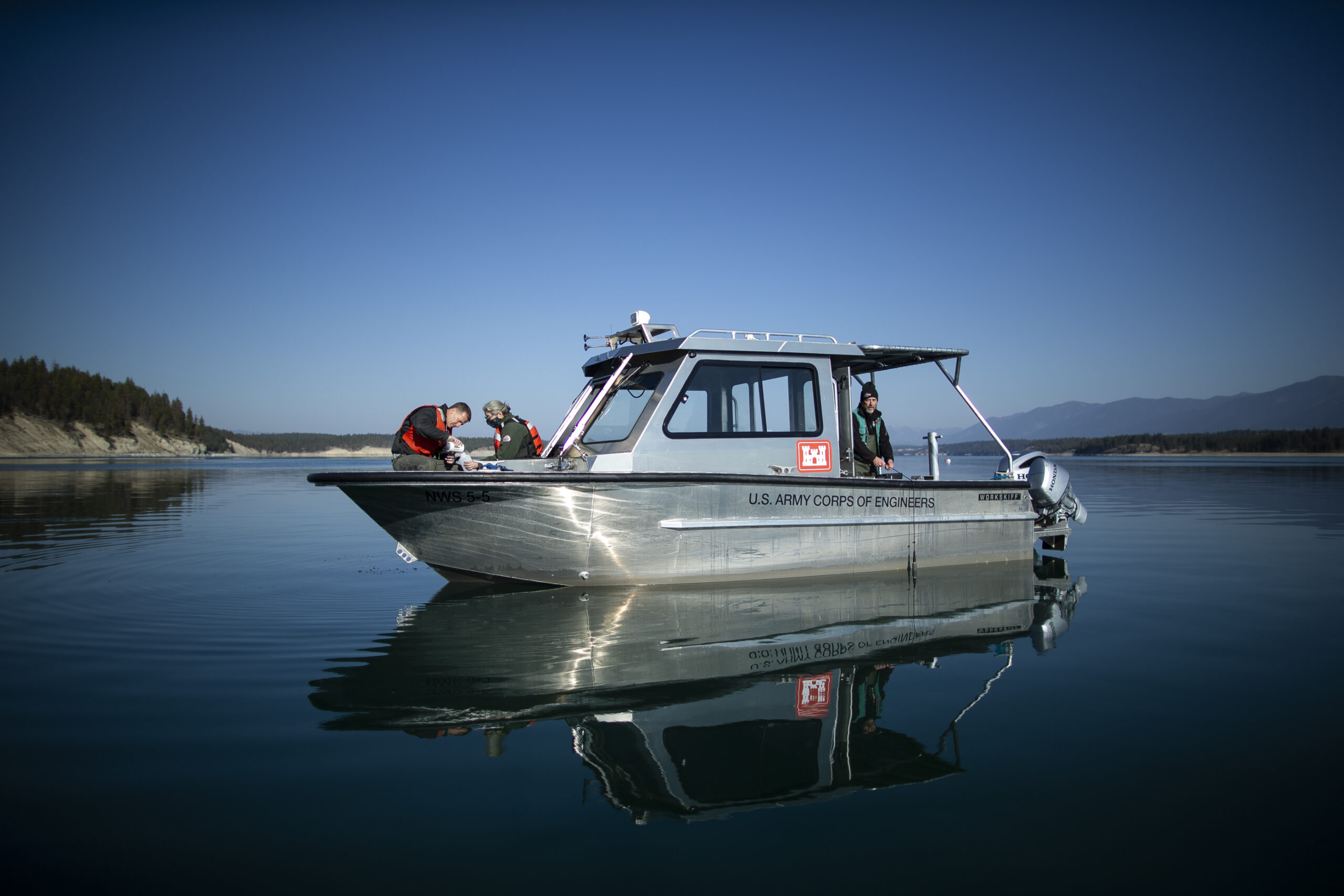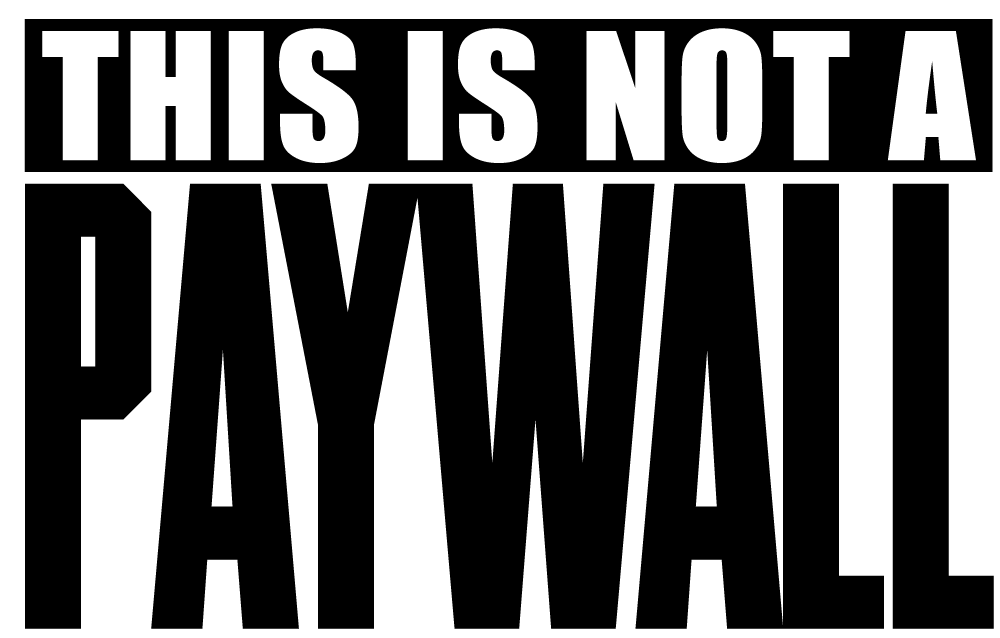|
“That’s a pretty big deal,” B.C. biodiversity reporter Ainslie Cruickshank thought to herself when the news broke.
After nearly 12 years of Ktunaxa Nation pressuring the U.S. and Canadian governments to intervene, government officials said this week they will ask the International Joint Commission to launch an inquiry into pollution from the Elk Valley coal mines currently owned by Teck Resources.
Why, exactly, was the announcement so huge?
For decades, selenium has leached into the waterways of southeast British Columbia, making its way down to Montana and Idaho. Canada and the U.S. have repeatedly resisted calls for an investigation by the commission, which was established under a treaty to address transboundary water issues.
Ainslie has long reported on Teck’s mines — she even embarked on a six-day reporting trip with photojournalist Jesse Winter back in 2021 to trace the flow of selenium pollution from B.C. to Idaho. Not a single stop on that route went by without First Nations, Tribal governments, scientists or community members sharing their concerns with her: excess levels of selenium were wreaking havoc on aquatic life.
The data Ainslie found painted a potentially bleak picture for fish. Selenium can cause curved spines, deformed skulls and abnormal gills — if they manage to hatch, that is. That also spelled bad news for the communities relying on fish, including rainbow trout, for food. The impacts go far beyond fish, of course: just one of Teck’s Elk Valley mines is approved to disturb an area larger than 10,000 Canadian football fields.
|






